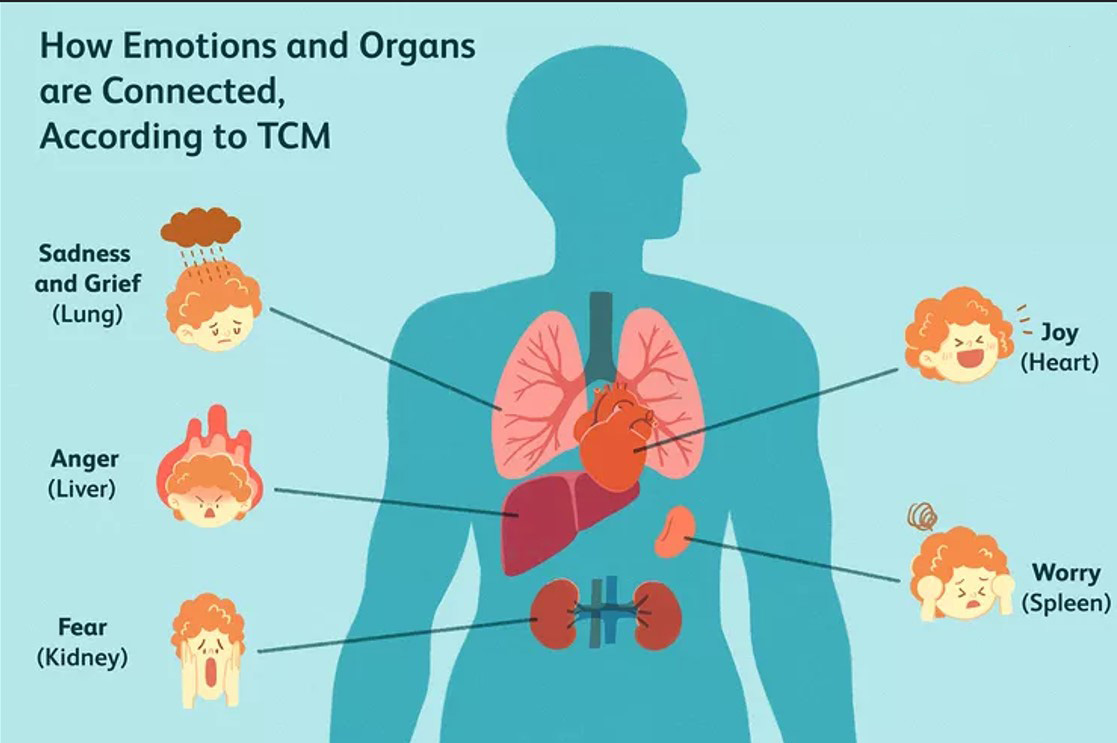


The organ body clock of Traditional Chinese Medicine (TCM) provides information about when which organ in the body is active. You can find out here how the TCM organ clock works and how it can improve your own sleep.
In traditional Chinese medicine, the body clock shows when which organ of the body is active. The twelve organs are each allocated two hours of the day. For example, from 3 a.m. to 5 a.m. the organ clock points to the lungs. During this time, a lot of energy flows into the lungs.
The internal clock of the organs also shows when the organs have their rest point: 12 hours after the energy peak. If you live and eat according to your body clock, you can maintain your inner balance and avoid sleep disorders.
Picture Organ Body Clock (50x50 cm) Made by Monk Tom for free download here
Traditional Chinese medicine has for several thousand years been the treatment of choice for over a quarter of the world’s population for its ailments, infections, and other health problems. Today, Traditional Chinese Medicine (TCM) is practiced in China alongside with Conventional Western Medicine. Most hospitals include departments of complementary medicine which offer acupuncture treatment and herbal medicine.
The acupuncture in United States is most often associated with pain management and builds on a ‘conventional’ interpretation of how the body functions. Traditional Chinese medicine is every bit as logical and systematic as Conventional Western medicine and is based on a different understanding of reality.
TCM has for centuries made use of the same basic concepts like Qi and the balance of Yang and Yin to explain various universal phenomena.
Although it is difficult to guess when humans first started using herbs as medicine; the Traditional Chinese Medicine, as a form of medicine practice today, dates 4000–6000years back in time. While acupuncture is the best known modality of TCM in the West, this medicine is by no means is just limited to acupuncture. Chinese medicine makes great use other therapeutic modalities like herbal remedies, acupuncture, auricular acupuncture, foot reflexology, and Tai Ji and Qigong as forms of physical therapy.
Differences between TCM and conventional western medicine
In Conventional Western schools of medicine body is studied as a sum of its parts, and every organ system of the body is judged and treated separately. Hospitals are specialized by different departments associated with the diagnoses and treatment of different organ systems: one for the cardiovascular patients; another for the endocrinology; yet another for surgery. Traditional Chinese Medicine is holistic, where the body is treated as a ‘whole,’ and every part of the body is seen as a reflection of the wider context. A particular body part is referred to only in relation to the whole body, and the body must also be seen as intimately connected with the spirit and the surrounding environment in which the patient lives before a doctor of TCM can understand how an illness has arisen and how it should be addressed.
